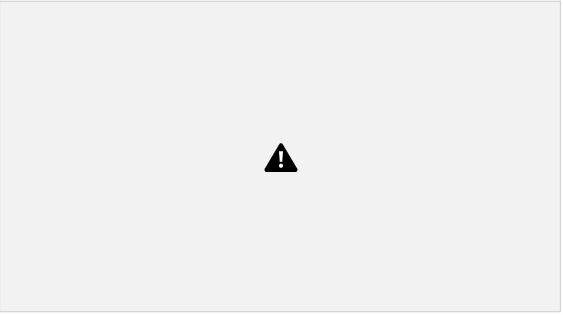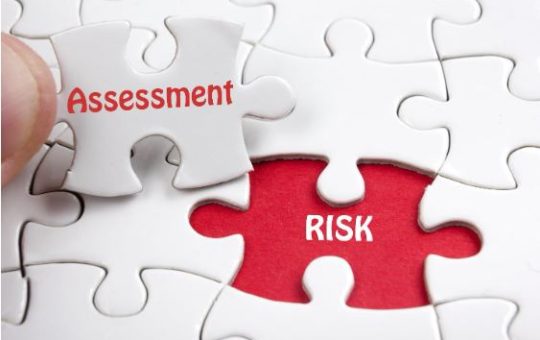
Risk Assessment Level-3
Course Overview
The Risk Assessment Level-3 course is designed for experienced safety professionals seeking to master high-level risk management strategies and techniques. This advanced-level program focuses on developing strategic, analytical, and managerial competencies to handle complex and dynamic workplace hazards. Participants will gain expertise in creating risk frameworks, performing quantitative and qualitative assessments, and leading organizational safety initiatives.
Benefits
- Expert-Level Knowledge: Master advanced risk assessment methodologies and principles.
- Strategic Insight: Learn to design and implement risk management systems at an organizational level.
- Industry Recognition: Attain a prestigious certification valued in leadership roles.
- Leadership Skills: Equip yourself to lead safety teams and drive risk management culture.
- Career Growth: Open pathways to senior positions, such as HSE Manager or Risk Management Consultant.
Learning Outcomes
By the end of the course, participants will be able to:
- Develop and implement organizational risk management frameworks.
- Conduct detailed qualitative and quantitative risk assessments.
- Integrate risk assessment into business continuity and strategic planning.
- Analyze and mitigate risks in high-risk industries using advanced models.
- Train and mentor teams on risk assessment methodologies and compliance standards.
Study Units
Unit 1: Strategic Risk Management
- Understanding risk in the context of organizational goals.
- Developing a risk management policy and framework.
- Aligning risk assessment with business strategies and continuity planning.
Unit 2: Advanced Risk Assessment Methodologies
- Quantitative techniques: Probabilistic risk assessment, fault tree analysis, and event tree analysis.
- Application of bow-tie analysis in complex risk scenarios.
- Scenario planning and predictive modeling for emerging risks.
Unit 3: Leadership in Risk Management
- Leading risk management teams and initiatives.
- Building a safety culture through training and engagement.
- Handling resistance to change and fostering organizational compliance.
Unit 4: Risk Communication and Reporting
- Advanced techniques for communicating risk findings to senior management and stakeholders.
- Preparing professional reports, dashboards, and presentations.
- Using software tools for risk visualization and tracking.
Unit 5: Regulatory Compliance and Standards
- Understanding and applying international safety standards (ISO 31000, OSHA, NEBOSH, etc.).
- Adhering to legal and industry-specific compliance requirements.
- Case studies of risk management failures and lessons learned.
Unit 6: Continuous Improvement and Crisis Management
- Auditing risk management systems for efficiency.
- Handling crises through effective risk controls and emergency response planning.
- Incorporating feedback to enhance risk mitigation strategies.
Career Progression
With the Risk Assessment Level-3 certification, participants can pursue senior roles, such as:
- HSE Manager/Director: Oversee organizational safety policies and frameworks.
- Risk Management Consultant: Provide expert-level advisory services.
- Safety and Risk Trainer: Lead training programs for teams and organizations.
- Business Continuity Specialist: Design strategies for mitigating risks in operations.
- Auditor: Evaluate and certify organizations for risk management compliance.
This course is ideal for experienced safety professionals, managers, and leaders aiming to influence and elevate organizational safety standards at a strategic level.
Let me know if you’d like further adjustments!
You said:
Our assessment process is designed to ensure every learner achieves the required level of knowledge, skills, and understanding outlined in each course unit.
Purpose of Assessment
Assessment helps measure how well a learner has met the learning outcomes. It ensures consistency, quality, and fairness across all learners.
What Learners Need to Do
Learners must provide clear evidence that shows they have met all the learning outcomes and assessment criteria for each unit. This evidence can take different forms depending on the course and type of learning.
Types of Acceptable Evidence
Assignments, reports, or projects
Worksheets or written tasks
Portfolios of practical work
Answers to oral or written questions
Test or exam papers
Understanding the Structure
Learning outcomes explain what learners should know, understand, or be able to do.
Assessment criteria set the standard learners must meet to achieve each learning outcome.
Assessment Guidelines
All assessment must be authentic, current, and relevant to the unit.
Evidence must match each assessment criterion clearly.
Plagiarism or copied work is not accepted.
All learners must complete assessments within the given timelines.
Where applicable, assessments may be reviewed or verified by internal or external quality assurers.
Full learning outcomes and assessment criteria for each qualification are available from page 8 of the course handbook.
Top Courses
No results found.
Related Courses
Let's Get in touch
Deleting Course Review
Course Access
This course is password protected. To access it please enter your password below:

